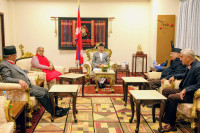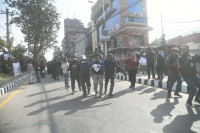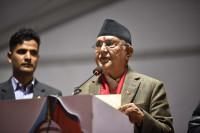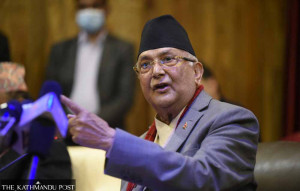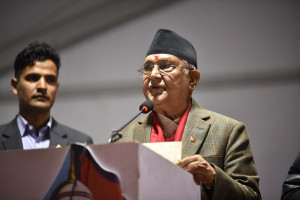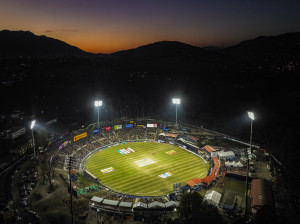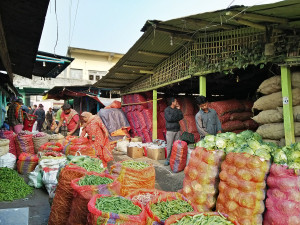Editorial
Unpacking smart parking
Rather than introducing smart parking, the authorities must be more invested towards promoting friendlier and healthier forms of transport like mass transit, walking and cycling.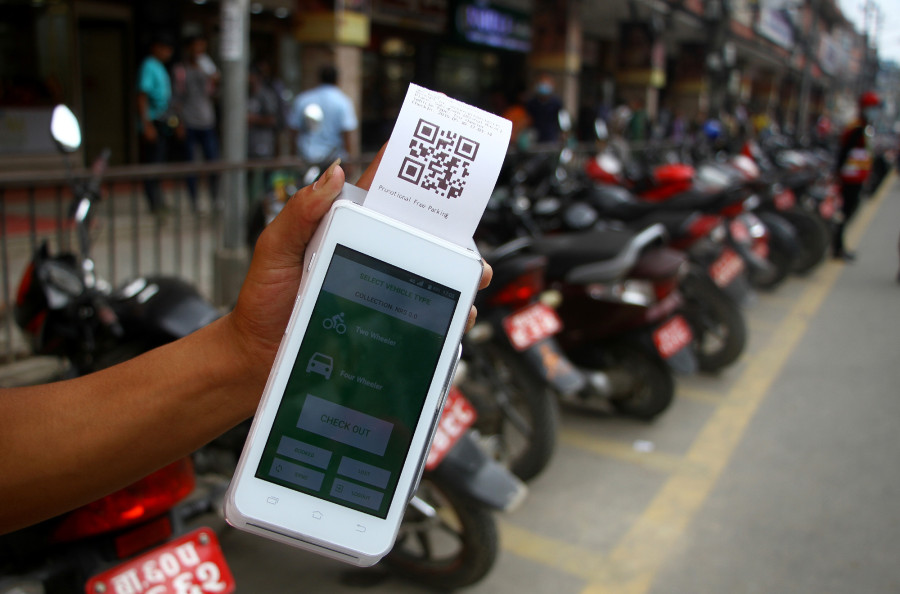
As a large chunk of the population has started living in urban areas, traffic and pollution already constitute major societal challenges that demand new approaches to find a solution for them. Kathmandu Metropolitan City in its bid to figure out how to address the needs of our rapidly growing urban centres had launched ‘smart parking’ at five different places in New Road—the heart of the city. KMC’s new move, which is part of a larger plan to manage the city’s traffic and parking problems, is a welcome step to some extent. Yet, while the app can help manage the thoroughfares of New Road which is usually a haphazard mess of parked vehicles, it is not a sustainable solution. Rather than introducing smart parking, the authorities must be more invested towards promoting friendlier and healthier forms of transport, mainly walking and cycling.
The smart parking system is based on a public-private partnership model where the private company takes 80 percent of the money raised through parking fees, with 20 percent going to the city authority. The minimum charge for parking two-wheelers is Rs25 per hour and Rs80 for four-wheelers. The system has provided some respite for drivers, but there are complaints about the costs.
The much-touted road expansion drive in the Capital has not really helped the motorists. The traffic jams still persist and the number of vehicles plying the roads of Kathmandu has not decreased either. Unless the government makes an active effort to reduce the number of private vehicles and switch to mass transit modes of transportation, the problem of finding parking space in the Valley, which already does not have any open space, will be an uphill battle. What’s more, not all spaces need to be utilised for parking. Some spaces must be left the way they are so that the residents can make use of open spaces.
Transportation planners and city managers are rethinking parking despite the fact that more people are thought to move from rural to urban centres in the coming years. Some have even already eschewed the idea of constructing public parking garages. The whole idea is to shift to a culture where people no longer own cars but, say, opt for newer options like ride-sharing, which is already gaining ground even here at home. Our idea of development and progress should have sustainability at its centre. More often than not, we emulate what the West has been doing. But we emulate them a little too late when they have already thought of other ways that are better.
Wider roads never decrease traffic snarls. In fact, research shows that wider roads encourage people to drive which ultimately results in more demand for parking space. The old Kathmandu was a walkable city. It was a maze of narrow alleys interspersed with open spaces. The Kathmandu Metropolitan City must change its focus where people, not vehicles, are allowed to reclaim the urban space.




 10.12°C Kathmandu
10.12°C Kathmandu
